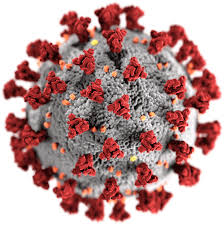What is Coronavirus
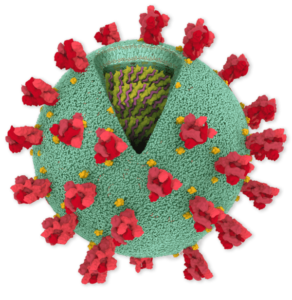
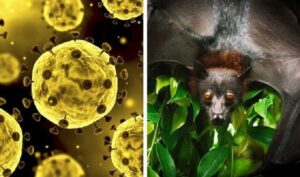
A coronavirus is a kind of common virus that causes an infection in your nose, sinuses, or upper throat. Most coronaviruses aren’t dangerous. In early 2020, after a December 2019 outbreak in China, the World Health Organization identified SARS-CoV-2 as a new type of coronavirus. The outbreak quickly spread around the world. COVID-19 is a disease caused by SARS-CoV-2 that can trigger what doctors call a respiratory tract infection. It can affect your upper respiratory tract (sinuses, nose, and throat) or lower respiratory tract (windpipe and lungs). It spreads the same way other coronaviruses do, mainly through person-to-person contact. Infections range from mild to deadly. SARS-CoV-2 is one of seven types of coronavirus, including the ones that cause severe diseases like Middle East respiratory syndrome (MERS) and sudden acute respiratory syndrome (SARS). The other coronaviruses cause most of the colds that affect us during the year but aren’t a serious threat for otherwise healthy people.It’s normal for a virus to change, or mutate, as it infects people. A Chinese study of 103 COVID-19 cases suggests the virus that causes it has done just that. They found two strains, which they named L and S. The S type is older, but the L type was more common in early stages of the outbreak. They think one may cause more cases of the disease than the other, but they’re still working on what it all means. Coronaviruses are a large family of viruses which may cause illness in animals or humans. The most recently discovered coronavirus causes coronavirus disease COVID-19
What is COVID-19?

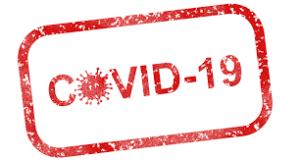
COVID-19 is the infectious disease caused by the most recently discovered coronavirus. This new virus and disease were unknown before the outbreak began in Wuhan, China, in December 2019. COVID-19 is now a pandemic affecting many countries globally. It’s too soon to tell how long the pandemic will continue. It depends on many things, including researchers’ work to learn more about the virus, their search for a treatment and a vaccine, and the public’s efforts to slow the spread. More than 100 vaccine candidates are in various stages of development and testing. This process usually takes years. Researchers are speeding it up as much as they can, but it still might take 12 to 18 months to find a vaccine that works and is safe.
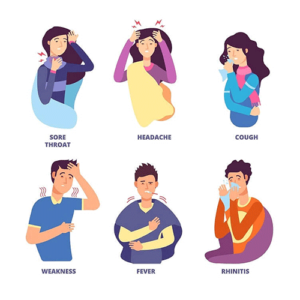
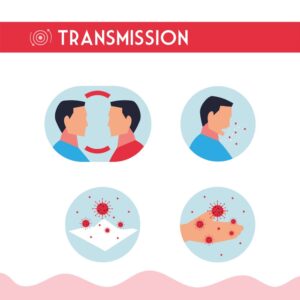
The most common symptoms of COVID-19 are fever, dry cough, and tiredness. Other symptoms that are less common and may affect some patients include aches and pains, nasal congestion, headache, conjunctivitis, sore throat, diarrhea, loss of taste or smell or a rash on skin or discoloration of fingers or toes. These symptoms are usually mild and begin gradually.
Some people become infected but only have very mild symptoms. Most people (about 80%) recover from the disease without needing hospital treatment. Around 1 out of every 5 people who gets COVID-19 becomes seriously ill and develops difficulty breathing. Older people, and those with underlying medical problems like high blood pressure, heart and lung problems, diabetes, or cancer, are at higher risk of developing serious illness. However, anyone can catch COVID-19 and become seriously ill. People of all ages who experience fever and/or cough associated withdifficulty breathing/shortness of breath, chest pain/pressure, or loss of speech or movement should seek medical attention immediately. If possible, it is recommended to call the health care provider or facility first, so the patient can be directed to the right clinic.
People can catch COVID-19 from others who have the virus. The disease spreads primarily from person to person through small droplets from the nose or mouth, which are expelled when a person with COVID-19 coughs, sneezes, or speaks. These droplets are relatively heavy, do not travel far and quickly sink to the ground. People can catch COVID-19 if they breathe in these droplets from a person infected with the virus. This is why it is important to stay at least 1 meter) away from others. These droplets can land on objects and surfaces around the person such as tables, doorknobs and handrails. People can become infected by touching these objects or surfaces, then touching their eyes, nose or mouth. This is why it is important to wash your hands regularly with soap and water or clean with alcohol-based hand rub.
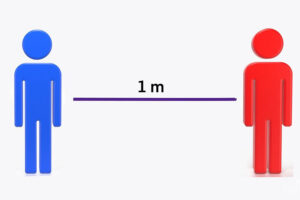
What should I do if I have COVID-19 symptoms and when should I seek medical care?
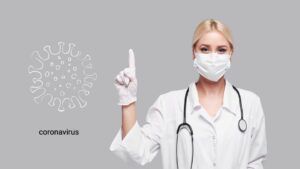
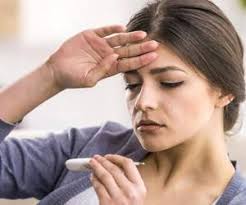
If you have minor symptoms, such as a slight cough or a mild fever, there is generally no need to seek medical care. Stay at home, self-isolate and monitor your symptoms. Follow national guidance on self-isolation. However, if you live in an area with malaria or dengue fever it is important that you do not ignore symptoms of fever. Seek medical help. When you attend the health facility wear a mask if possible, keep at least 1 metre distance from other people and do not touch surfaces with your hands. If it is a child who is sick help the child stick to this advice. Seek immediate medical care if you have difficulty breathing or pain/pressure in the chest. If possible, call your health care provider in advance, so he/she can direct you to the right health facility.
Can COVID-19 be caught from a person who has no symptoms?
COVID-19 is mainly spread through respiratory droplets expelled by someone who is coughing or has other symptoms such as fever or tiredness. Many people with COVID-19 experience only mild symptoms. This is particularly true in the early stages of the disease. It is possible to catch COVID-19 from someone who has just a mild cough and does not feel ill. Some reports have indicated that people with no symptoms can transmit the virus. It is not yet known how often it happens. WHO is assessing ongoing research on the topic and will continue to share updated findings.
How can we protect others and ourselves if we don’t know who is infected?
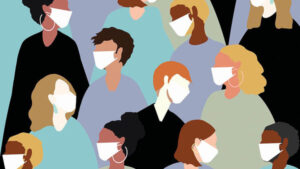
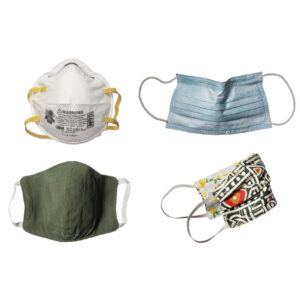
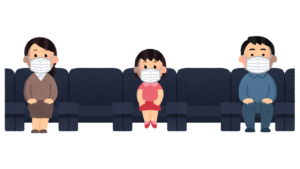
Practicing hand and respiratory hygiene is important at ALL times and is the best way to protect others and yourself. When possible maintain at least a 1 meter distance between yourself and others. This is especially important if you are standing by someone who is coughing or sneezing. Since some infected persons may not yet be exhibiting symptoms or their symptoms may be mild, maintaining a physical distance with everyone is a good idea if you are in an area where COVID-19 is circulating.
Prepared By
Neshat Khosravi
Microbiologist
KMT GROUP – JUNE 2020
Referenc :
https://www.who.int/emergencies/diseases/novel-coronavirus-2019

